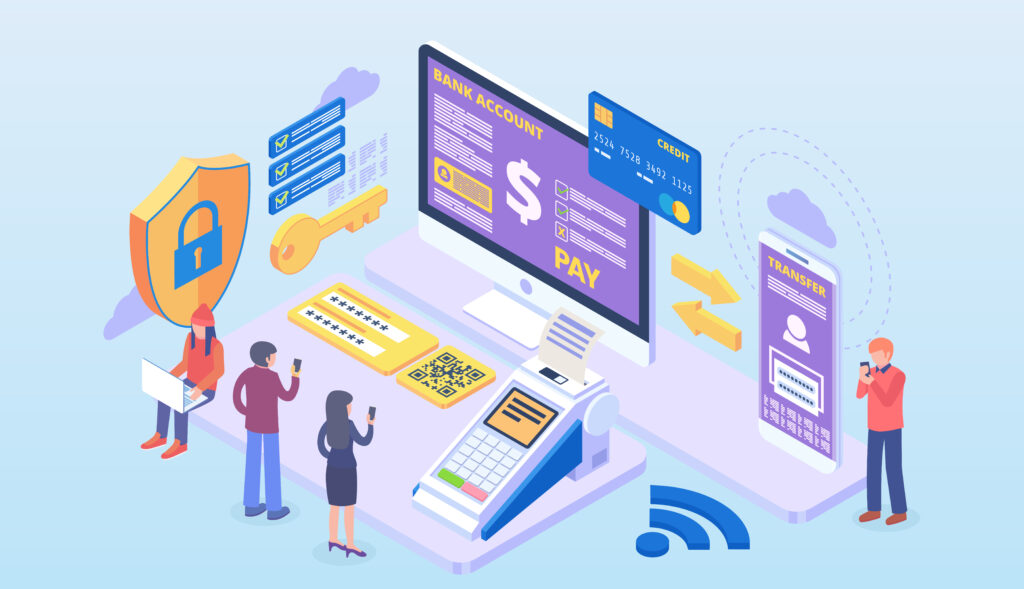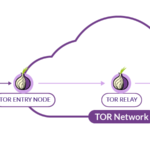Online shopping is convenient, but it also exposes you to several cyber threats. Malware, phishing scams, and identity theft are a few of the risks that come with online shopping. However, you can stay safe while shopping online by following these simple tips:
Shop Only on Secure Websites
Only shop on secure websites, which have an ‘https‘ in their website addresses. Secure websites encrypt, or scramble, your data so that it can’t be intercepted by hackers. Look for the padlock icon in the address bar, which indicates that you’re on a secure website.
Use Strong Passwords with 2FA
Use strong passwords for your shopping accounts and change them regularly. Also, set up two-factor authentication (2FA) to protect yourself from cyber threats. You’ll receive a code on your phone, which you’ll have to enter to gain access after entering your password.
Use a Secure Device and Internet Connection
Ensure that you’re shopping from a secure device with updated security software and a strong password. Avoid shopping on public Wi-Fi networks, which are often unsecured and vulnerable to cyber threats. Instead, use a private and secured network.
Don’t Click on Suspicious Links
Hackers use phishing scams to trick you into visiting malicious websites or revealing your personal information. Be cautious of emails, texts, or messages with suspicious links or attachments. Avoid clicking on them or downloading any files.
Choose Credit Instead of Debit Cards
Choose to use credit cards for online shopping as they offer better security compared to debit cards. Credit cards offer chargeback protection, which means that if you’re the victim of fraud or a scam, you’ll be able to dispute the charges.
Review Your Transaction History and Report Suspicious Activity
Regularly check your transaction history to ensure that there are no unauthorized transactions. If you notice any suspicious activity, report it to your bank or credit card company immediately.
Conclusion
Online shopping can be safe if you take necessary precautions. Shop on secure websites, use strong passwords with 2FA, use a secure device and internet connection, and avoid clicking on suspicious links. Choosing credit cards for online shopping, reviewing transaction history regularly, and reporting suspicious activity can add an extra layer of security. Shopping online can be a great experience, but it’s crucial to stay safe while doing so.







